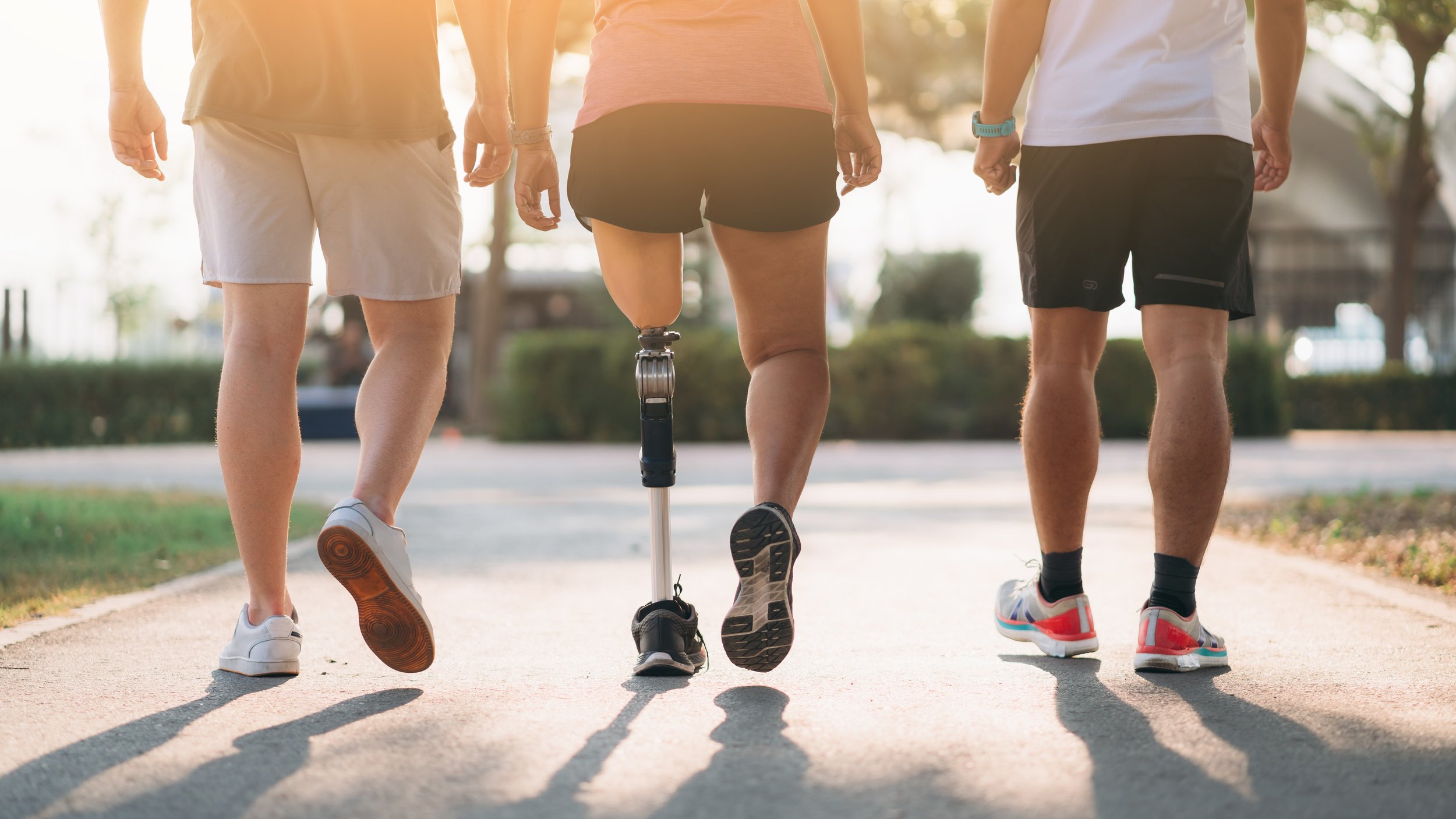
Your Roadmap
-
Referral and Assessment
The process often begins with a referral from a healthcare provider, such as a physician or physical therapist, who determines that a prosthetic device may be necessary.
An initial assessment is conducted by a prosthetist, a healthcare professional who specializes in prosthetic devices. During this assessment, the prosthetist evaluates the individual's needs, mobility goals, medical history, and the residual limb (the remaining part of the limb after amputation). They also consider factors such as the person's age, lifestyle, and activity level.
-
Prescription
Based on the assessment, the prosthetist writes a prescription outlining the specific type and design of the prosthetic device needed. The prescription includes details about the materials, components, and functions required to meet the individual's needs
-
Insurance Authorization
If applicable, the prosthetist works with the individual's insurance provider to obtain authorization for the prosthetic device. This step ensures that the cost of the prosthetic device is covered by insurance.
-
Fabrication
Once the prescription is approved, the prosthetic device is custom-made. The fabrication process involves creating a mold or model of the residual limb and building the prosthetic limb according to the prescription.
High-quality materials and components are used to ensure durability and functionality.
-
Fitting
After fabrication, the individual returns to the prosthetist for the fitting. During this stage, the prosthetic device is adjusted and aligned to ensure a comfortable fit and proper alignment with the individual's body.
The prosthetist makes any necessary adjustments to optimize the device's performance.
Training and Rehabilitation
The individual is trained on how to use the prosthetic device effectively and safely. This training may involve learning how to don and doff the device, walk with it, and perform daily activities.
Physical therapy or rehabilitation may be recommended to improve strength, balance, and overall mobility with the prosthetic limb.
Follow-up Care
Regular follow-up appointments with the prosthetist are essential to monitor the fit, function, and comfort of the prosthetic device.
Adjustments and maintenance are performed as needed to address any changes in the individual's residual limb or to improve the device's performance.
Lifelong Care
Prosthetic devices have a finite lifespan, and they may need to be replaced or upgraded over time due to wear and tear.
Individuals with prosthetic devices typically receive ongoing care and support from their prosthetist to ensure that their mobility needs are met.
Throughout this process, open communication between the individual and the prosthetist is crucial to address any concerns, make necessary adjustments, and optimize the prosthetic device for the best possible outcome in terms of comfort and function.



